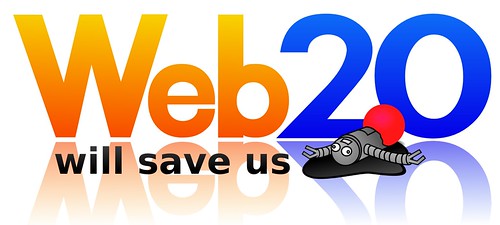Differentiated instructional practices and differentiated student assessments deepen and enhance the learning process. Web 2.0 tools are ideal resources to integrate differentiated student assessments across the curriculum. Among the wide variety of Web 2.0 tools available, PowToon is one of the most versatile tools for language instruction and assessment. PowToon is a free online animated presentation tool that allows students to use their creativity to generate content that is dynamic and visually engaging. It is also extremely easy to use, and the final products can be embedded or shared through social media.
Authentic writing activities and
production of multimedia projects are among the student-centered
practices and differentiated assessments best supported by Powtoon.
Because students don't have to be super tech savvy to use this Web
2.0 tool, they can spend the majority of the time writing, designing,
and generating a product in the target language. One of the most
beneficial aspects of using PowToon as a differentiated assessment
tool is the positive impact on students' motivation and attitude
about learning. They feel empowered when they are able to
demonstrate and create their own learning.








